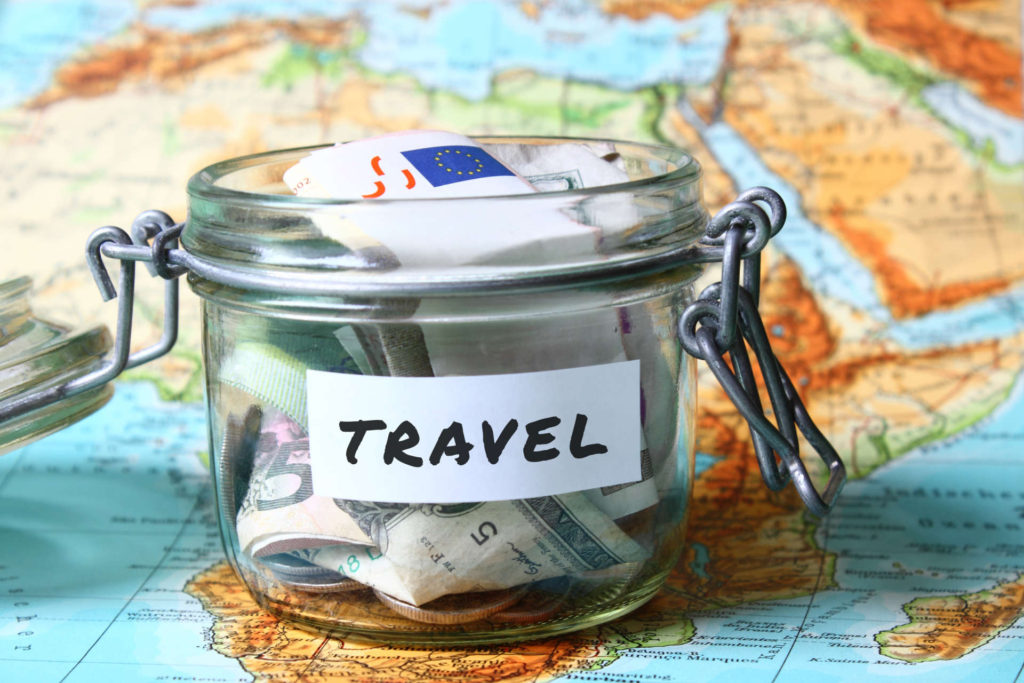
Do you want to go on vacation and take your lovely pet with you? Click here for a handy guide on pet shipping to ensure everything goes smoothly.
The number of people who take their pets along with them when they travel is now at nearly 40% and climbing. While it might not always be feasible to bring a pet reptile or a rodent, dogs and cats can be seen on flights and sticking their heads against car windows all the time.
Whether you travel next to your pet or hire a pet shipping service, getting your pet from point A to point B has never been easier.
Pets enjoy the opportunity to see new things and smell new scents. Dogs especially love the way that a new place will smell to them.
If you’re thinking about pet shipping within the U.S. or abroad, here’s a guide to the five ways you could travel with your pet and how to do it right. Besides those we’re going to show you, you can spend a bit more and charter a private jet, knowing for sure that your pet will travel safely by your side. Read this list of the best services of 2020.
1. Traveling Within a City with Your Pet
There are a lot of ways to get around town with your pet, depending on their size. People in cities can be seen walking around with birds perched on their shoulder, kittens in their shirt pocket or a puppy sticking its head out of a backpack. If you’ve got to travel with a pet that doesn’t walk or can’t yet, carrying it around is the way to go.
If your city has protected and safe bike lanes, you could take your pet around on a bike, so long as they’re small enough. Make sure your pet is comfortable and secure and be sure to travel slowly. You can put a small dog or cat in a front facing sling or pack that allows them to see what’s going on and to see your face.
Some dogs and cats will even sit in a front-mounted basket on a bike. If you’re secure with your pet or if you know they’ve got good reflexes, this is possible, while not recommended.
The ideal way to get around a city with your pet is by carrying them in a small portable cage. If you take the bus or the train, put them in a light travel bag where they can peek out. Tuck them under the seat where they can still stick their head out and see you.
Check the regulations of your local transit authority. They may have size and weight restrictions. Cities like New York demand people put their pets in a bag of some kind, which has caused some people to get creative.
People may be happy to see and meet your pet but be sensitive to people who might have allergies.
2. Traveling with Your Pet By Car
Traveling with your pet by car is tricky. If you’re driving across the country, having a dog that jumps around, climbs onto your lap, or gets into the snack bag can be distracting and even cause an accident.
Traveling with a loose hamster or a cat is a no-go. You’re going to have to make sure those pets are secure.
However, even traveling with a dog requires some restraints and belts. Dogs can mean well but end up being a distraction to you. One second of looking away from the road could result in a terrible accident.
While dog restraints aren’t necessarily a safety device for the pet, they can reduce the potential that you’ll end up in a crash.
Make sure your cat is in a secure carrier. If your cat needs to take sedatives, don’t be afraid to ask your vet about them. The cat could be anxious about the drive and the sedatives could make the whole thing easier for them.
Once your carrier is in the car, be sure to secure your seatbelt around the carrier so your cat can’t bounce around and get injured.
So long as you keep your pets in the backseat, you should be safe. You don’t want your pet being flung around by an airbag, even in the event of an accident. Airbags are designed for human bodies and can do harm to pets.
Even the passenger seat isn’t a great place for your pet. While they might want to stick their head out the window and enjoy the weather, it’s not recommended. They could hurt themselves or even hop out at a stop light.
3. Flying with Your Dog in the Cabin
Traveling by airplane with pets has gotten easier in recent years. With airline companies now providing a whole list of simple steps for registering your pet for travel, you can bring many types of pets on board when heading to the best all inclusive resorts in the tropics. Just don’t try to sneak a peacock on for emotional support.
One of the big risks for dogs can be when you travel with those that are considered to be brachycephalic. Those are the dogs with the squished faces who have trouble breathing.
Bulldogs, pugs, and Persian cats all have short nasal passages that make them susceptible to oxygen deprivation or even symptoms of heat stroke.
If you own one of these pets, you should consider other options. Boarding or a kennel will be much safer than taking your pet with short nasal passages.
Weigh out all of the risks before you leave town.
If flying is the only option, then try to get them into the cabin with you. Small dogs and cats are usually admissible for a small additional fee. Be sure to book this in advance, however, because there will be a limit to how many animals are allowed in your cabin.
There are some regulations to ensure you abide by. Calling ahead will help you to hammer things out with the air carrier.
Make sure you’ve got all of your immunizations up to date with the paperwork to prove it.
If you fail to meet certain requirements, you might need to put your pet in the cargo hold.
4. Transporting Your Pet as Cargo
While most pets that fly in a cargo hold will be fine, some have been killed, injured, or even lost in certain circumstances. Because of excessive temperatures and poor ventilation, pets might not be comfortable or might even be harmed in the cargo hold.
Since airlines are required to report animal incidents that happen in their cargo holds, you can get ahold of data and see their record. If their record makes you feel uncomfortable, seek out another carrier.
When you’re taking your pet via a cargo hold, take a direct flight. Think about how often luggage is lost during stopovers and flight changes.
Make sure your carrier fits regulations. Before you invest in a dog cage, be sure it’s the right size for your dog and doesn’t exceed airline regulations.
Let the crew know about your pet. When you board the plane, let at least one flight attendant and the captain know that you’ve got a pet on board. This may clue them in to remain aware of the temperature and air pressure coming from the cargo hold.
Label your pet well. In the case that their collar falls off during the trip, another label on the cage or carrier will allow people to get ahold of you if your pet ends up lost.
Don’t feed your pet right before the trip. Give them a 4-6 hour gap before you board. This will allow them to digest so they won’t need relief during the flight.
5. Traveling By Ship, Train, or Bus
When you’re traveling by ship, be sure your pet doesn’t get seasick. Before you head out on a week-long trip, take your pet on a short boat ride.
Next, be sure your pet is welcome on the cruise line you’re headed on. Not every cruise liner even allows pets. While some will permit pets in the private areas you’re paying for, most want to keep pets in separate kennel areas.
If you end up needing the ship’s kennel, make sure their shots are up to date. Also, make sure that they won’t be baking in the sun or exposed to leaks from a sudden downpour.
When you’re traveling by train or bus, check the regulations far in advance. Most bus services won’t even allow you to get on with a pet. Train lines like Amtrak are changing their rules and starting to allow pets.
Smaller companies might also have different regulations. European countries settled this issue long ago and mostly allow pets on trains.
Be sure you take the opportunities offered by stops to take your pet out to relieve itself.
Remember to take some photos to make memories of your trip with your pet.
Go through all of the regulations multiple times with the people who you speak to over the phone. You might encounter an employee who doesn’t know the rules.
Pet Shipping Is Another Option
There are services that will ship your pet to you if the flying situation is too overwhelming. There are specialized pet shipping services all over the country. Smaller shipping companies might transport your pet by ground travel even if they don’t offer specific pet shipping services.
If you’re trying to think of places you might want to travel with your pet to this summer, check out our guide to places you have to see!


